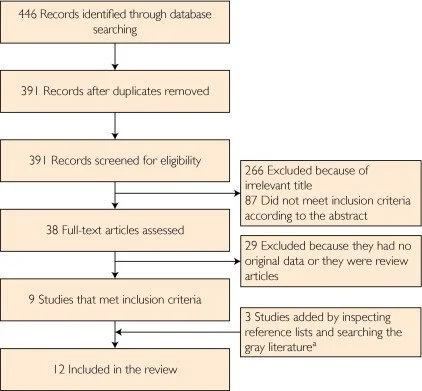Hand Washing
and Sanitizing
THE HYGIENIC EFFICACY OF DIFFERENT HAND-DRYING METHODS: A REVIEW OF THE EVIDENCE
The transmission of bacteria is more likely to occur from wet skin than from dry skin; therefore, the proper drying of hands after washing should be an integral part of the hand hygiene process in health care. This article systematically reviews the research on the hygienic efficacy of different hand-drying methods. A literature search was conducted in April 2011 using the electronic databases PubMed, Scopus, and Web of Science. Search terms used were hand dryer and hand drying. The search was limited to articles published in English from January 1970 through March 2011. Twelve studies were included in the review. Hand-drying effectiveness includes the speed of drying, degree of dryness, effective removal of bacteria, and prevention of cross-contamination. This review found little agreement regarding the relative effectiveness of electric air dryers. However, most studies suggest that paper towels can dry hands efficiently, remove bacteria effectively, and cause less contamination of the washroom environment. From a hygiene viewpoint, paper towels are superior to electric air dryers. Paper towels should be recommended in locations where hygiene is paramount, such as hospitals and clinics.

